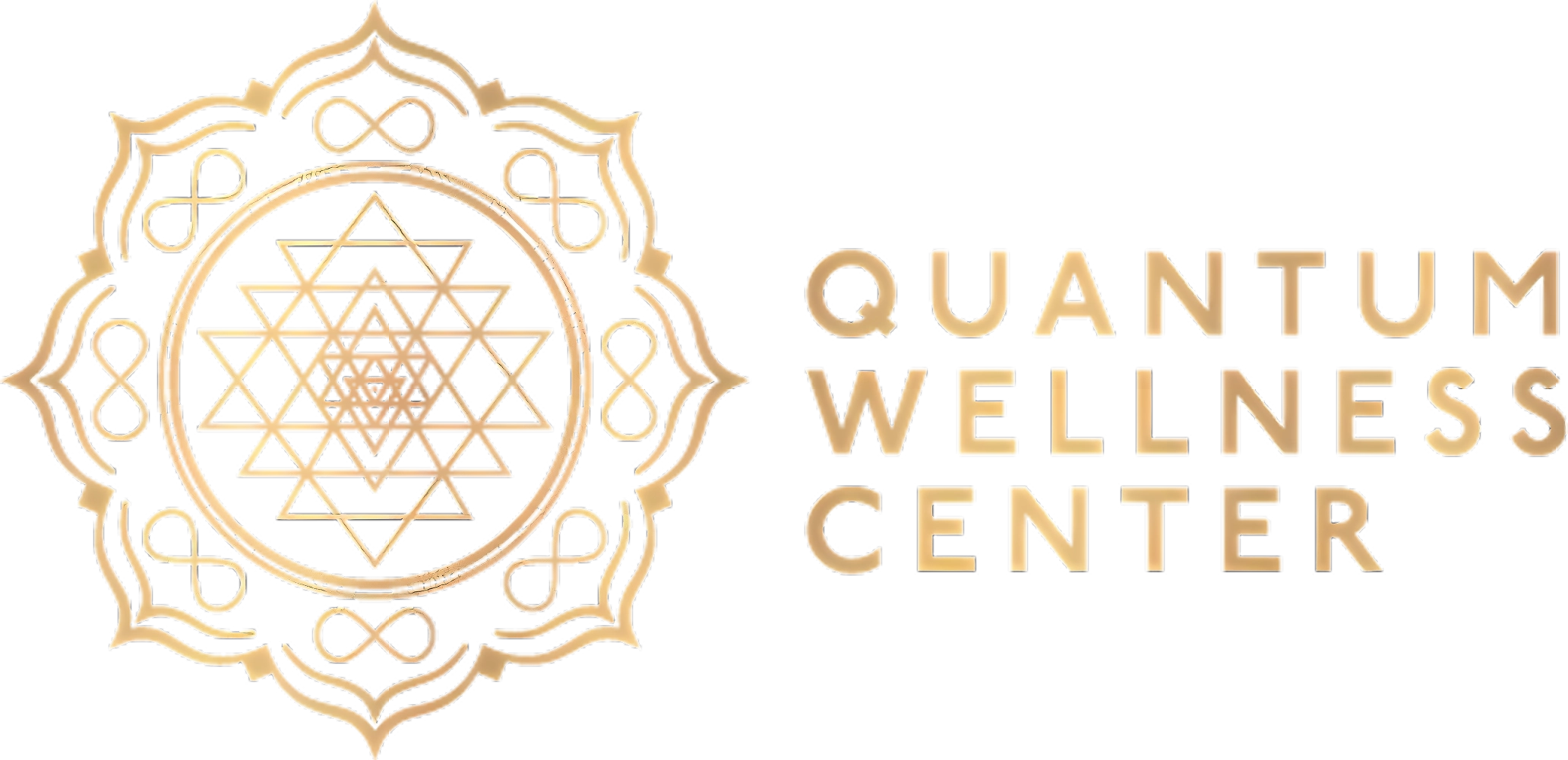Terahertz therapy is an emerging field that uses electromagnetic waves in the terahertz range to stimulate cellular activity, aid tissue healing, and provide biomedical applications such as imaging and pain management. While the technology shows promise, understanding the potential side effects of THz wave exposure is crucial for ensuring both efficacy and safety in medical settings.
In this article, we’ll discuss reported side effects, mechanisms of action, and current research progress in the effects of THz irradiation on human health.

What Is Terahertz Therapy?
Terahertz therapy involves the biomedical application of terahertz waves, which occupy a unique position in the electromagnetic spectrum between microwaves and infrared light. Terahertz radiation, also known as THz radiation, is non-ionizing, meaning it does not have enough energy to directly damage DNA like X-rays.
Using this kind of radiation, technologies such as time-domain spectroscopy and laser radiation have found a place in medical imaging, cellular stimulation, and tissue repair. The effect of these waves on biomacromolecules, as well as on primary neuron functions, is an active area of research due to the non-thermal effects observed during exposure.
As research continues to explore the potential of THz waves in medicine, many proponents highlight the benefits of terahertz wand therapy as a practical application. This emerging technique is believed to aid in improving blood circulation, enhancing cellular metabolism, and promoting tissue regeneration—offering a non-invasive, wellness-focused option that aligns with the body’s natural healing processes.
Mechanisms of Action and Potential Risks
The application of this particular technology leverages both thermal and non-thermal effects on biological tissues. While a terahertz wave generally does not cause direct ionization, the absorption of the waves can still lead to localized heating or thermal effects at higher intensities. However, many of the biological effects of this therapy are believed to stem from non-thermal mechanisms such as changes in molecular vibrations, protein folding, and cellular signaling pathways.
The effect of THz radiation depends on various factors, including the radiation intensity, duration, frequency, and power of the waves, as well as the nature of the radiation source. High-power terahertz and long-term exposure can increase the risk of adverse outcomes, especially when investigating the biological effects associated with human dermal or neuronal tissues.
Reported and Potential Side Effects
Skin Reactions and Local Effects
A common side effect of the wave radiation is localized skin irritation, particularly after prolonged exposure due to repeated sessions. Effects associated with human dermal exposure include redness, warmth, or, in rare cases, blistering. Studies have also found that irradiation induces non-thermal structural changes in skin cells, which may increase susceptibility to infection or inflammation. Humans exposed to this type of radiation for extended periods should limit direct contact and use protective barriers if possible, as side effects of radiation are dose- and duration-dependent.
Cellular and Genetic Effects
Research using spectral and spectroscopic analysis in protein investigations has shown that THz radiation can affect the structure and function of cells at the molecular level. Notably, the effect of radiation on gene expression and the DNA of cells, including primary neuron and lymphocyte populations, has been of particular concern.
Reported cellular side effects include disruption in cell proliferation, DNA strand breaks, induction of apoptosis, and potentially genomic instability, especially after high-intensity exposure to radiation or when exposed to 2.52 THz radiation for 30 minutes or longer. The biological effects of THz radiation are influenced by both the power of the waves and the frequency and power of the source used.
Neurological and Brain-Related Effects
A growing body of research has focused on the behavioral effects of these waves and their impact on neuronal tissue. Studies have found that intense radiation or exposure to terahertz fields can alter gene expression in neurons, disrupt neuronal growth, and induce cell death in brain tissue. In the short term, individuals using THz radiation for therapeutic purposes have reported symptoms such as headaches, mild dizziness, and sensations of warmth over the exposed area. The biological effects of wave interactions with neurons remain a subject of active investigation, as the long-term effects of THZ radiation on nervous system health are still being explored.

Eye and Sensory Risks
The effect of radiation on sensory tissues, particularly the eyes, is another area of concern. The absorption of waves by ocular tissue during irradiation can cause discomfort or irritation. Experiments with terahertz band pulses in animals suggest that while low-power, short-term exposure may not cause lasting damage, high-intensity exposure or radiation for longer intervals should be avoided unless adequate protection is in place.
Fatigue and General Symptoms
Some individuals undergoing terahertz therapy for biomedical purposes report experiencing mild fatigue or transient tiredness after sessions. These effects associated with this therapy are generally mild and tend to resolve within a short time, but monitoring the response to the therapy remains essential to prevent overexposure.
Controversial and Long-Term Effects
Research progress on the effects of terahertz technology has raised concerns about the subtle and potentially long-term effects of THz radiation, particularly at high intensities or with repeated treatments. There is ongoing investigation into whether chronic radiation exposure may lead to more profound effects on proteins, DNA integrity, and even a theoretical link to cancer risk if long-term genomic instability is observed.
The non-thermal effects of radiation induced by intense terahertz application remain debated, and the effects of THz irradiation on stress-sensitive genes have not been fully elucidated.
Safety Guidelines and Mitigation Strategies
Current understanding suggests that brief, low-intensity exposure to electromagnetic waves is relatively safe for most individuals. To minimize the risk of adverse effects of radiation exposure, practitioners should use proper device settings, monitor radiation intensity, and avoid unnecessary exposure to THz radiation.
The use of eye protection and limiting the time spent exposed to the waves are standard precautions, particularly with high-powered or broadband sources. Patients with implanted medical devices or underlying health conditions should consult with healthcare professionals before beginning treatment.
Areas for Further Research
Despite the promise of biomedical applications, substantial gaps remain in our knowledge of the long-term effects of terahertz radiation. Scientists continue to investigate the effect of the pulses, the biological effects of terahertz waves on different biological systems, and the potential for subtle changes in gene expression and protein structure.
Ongoing research using time-domain spectroscopy and spectroscopic analysis in protein studies will help clarify its influence on living tissues and inform safety standards for laser therapy.
Final Thoughts from Quantum Wellness Center
Terahertz therapy is emerging as a powerful tool in modern wellness, known for its potential to stimulate healing, reduce inflammation, and complement a range of treatments. As scientific exploration into terahertz radiation advances, so does its promise in clinical and holistic care.
At Quantum Wellness Center, we’re proud to offer Terahertz Wand Therapy as part of our suite of innovative, non-invasive services, designed to enhance your well-being and support the body’s natural ability to heal and thrive. All sessions are administered by licensed technicians using certified terahertz therapy equipment, ensuring both safety and effectiveness in every treatment. Experience the difference that cutting-edge care and compassionate expertise in a luxurious, comfortable environment can make on your journey to better health.



